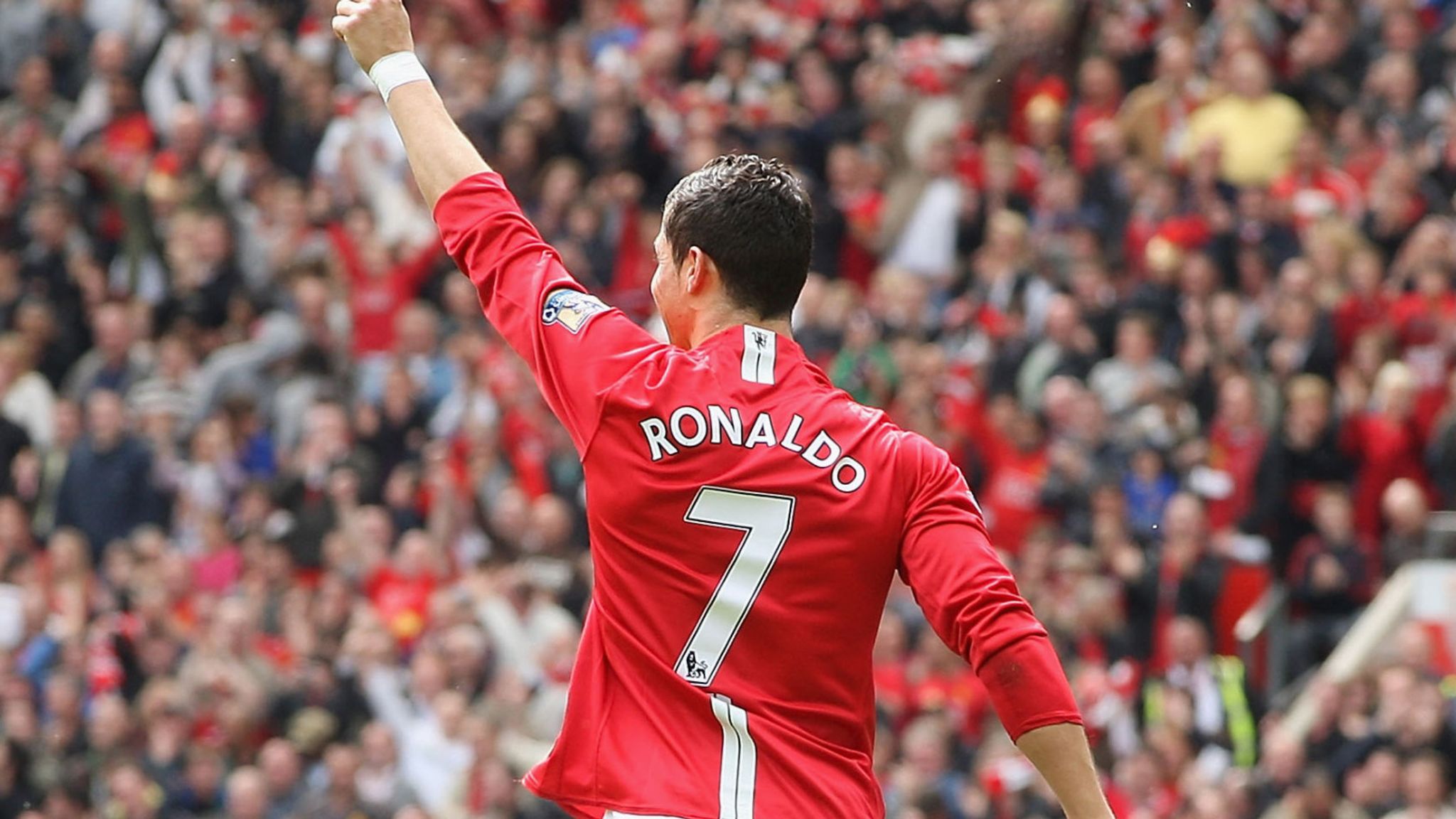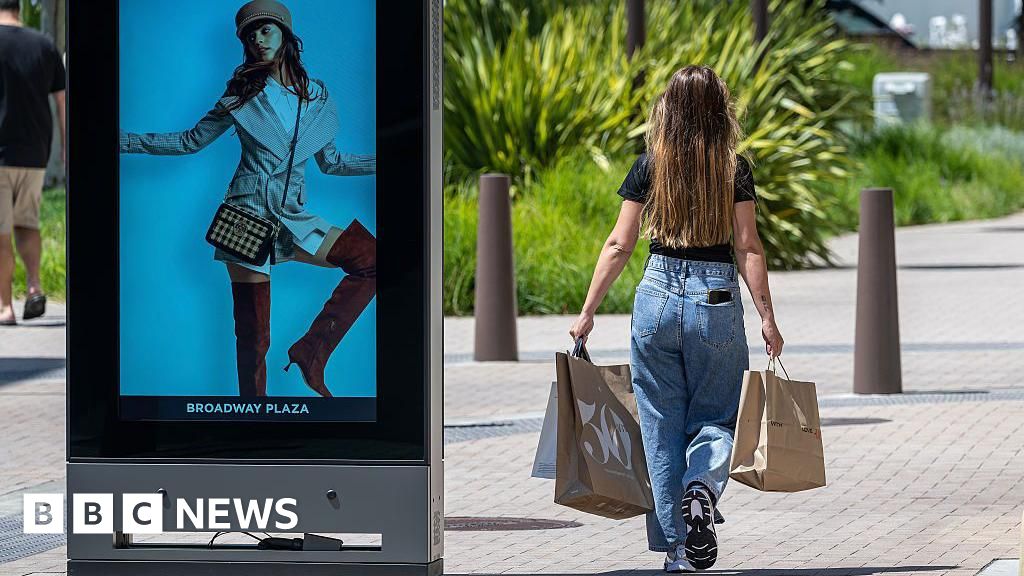- PE 150
- Posts
- 64% Of Value Creation Is This | Hear From Bobby Sharma and Tom Brady's Agent At Sports Investing Event
64% Of Value Creation Is This | Hear From Bobby Sharma and Tom Brady's Agent At Sports Investing Event
Rates up, deals down: 64% of value plans now hinge on margin analytics (35.6%) and supply chain optimization (28.8%); B2B cracks, healthcare/IT hold.
Good morning, ! This week we’re covering margin engineering overtaking leverage, Pacific Avenue’s $1.65B middle-market flex, liquidity tools battling the exit drought, and why deal sourcing is getting a software upgrade.
Join 50+ advertisers who reach our 400,000 executives: Start Here.
Know someone who would love this? Pass it along—they’ll thank you later! Here’s the link.
DATA DIVE
Margin Engineering Overtakes Leverage

Private equity’s old trick—financial engineering—has lost its magic. With 10-year Treasury yields up and deal volume down, middle-market sponsors are pivoting hard. According to PE150 data, over 64% of value-creation strategies now center on margin analytics (35.6%) and supply chain optimization (28.8%). In other words: no more beta surfing, it’s EBITDA calorie counting. And sectors aren’t equally bruised—B2B deals crater fastest in high-rate conditions, while healthcare and IT hold firm. The takeaway? Cheap debt is out, operational grit is in. For firms still clinging to leverage math, the scoreboard now reads: execution 1, arbitrage 0.
PRESENTED BY PE150 x CAPLINK
Learn from the Architects of Modern Brand Power

📍 September 3, 2025 | Jay Conference, Bryant Park, NYC | 9:00–11:00 AM
Join senior investors, agents, and operators at the intersection of capital and culture—where M&A meets media, and where sports, lifestyle, and brand equity are the new growth engines.
This isn’t just a panel breakfast. It’s a strategic look at how value is being built, monetized, and multiplied in the fast-evolving sports economy:
→ From Icons to IP: How elite agents structure wealth through equity, licensing, and brand control.
→ PE’s Sports Playbook: What leading firms are buying, how they’re navigating league rules, and where the real ROI lies.
Featuring speakers from Carlyle, RedBird, Bluestone Equity, and WME Sports, this event offers a rare lens into how sports deals really get done.
Seats are limited. Register here before it sells out.
TREND OF THE WEEK
LPs Pull the Ripcord

Limited Partners are done waiting for perfect exits. From China Investment Corporation’s $1B stake sale to Yale’s endowment trimming its PE exposure, even marquee institutions are tapping the secondaries market—sometimes at discounts. NYC’s pension systems moved $5B in May, with Blackstone leading the buy side. Secondaries are up, but still just ~5% of global PE AUM—hardly enough to fix the industry’s liquidity logjam. The tension is clear: GPs still hunting that last dollar risk alienating LPs who’d rather “take their medicine” now. The bigger story? If this becomes the norm, the market could see more speed-over-price exits… and fewer zombie funds haunting portfolios. (More)
PRESENTED BY PACASO
Former Zillow exec targets $1.3T market
The wealthiest companies tend to target the biggest markets. For example, NVIDIA skyrocketed nearly 200% higher in the last year with the $214B AI market’s tailwind.
That’s why investors are so excited about Pacaso.
Created by a former Zillow exec, Pacaso brings co-ownership to a $1.3 trillion real estate market. And by handing keys to 2,000+ happy homeowners, they’ve made $110M+ in gross profit to date. They even reserved the Nasdaq ticker PCSO.
No wonder the same VCs behind Uber, Venmo, and eBay also invested in Pacaso. And for just $2.90/share, you can join them as an early-stage Pacaso investor today.
Paid advertisement for Pacaso’s Regulation A offering. Read the offering circular at invest.pacaso.com. Reserving a ticker symbol is not a guarantee that the company will go public. Listing on the NASDAQ is subject to approvals.
LIQUIDITY CORNER
Liquidity Tools: Swiss Army Knife or Rusty Spoon?

Private equity's long exit drought may finally break in 2025, but don't call it a comeback just yet. Roughly 4,000–6,500 exits have been on ice since 2022, and LPs want their money back. That has GPs scrambling for solutions: continuation funds, NAV loans, and dividend recaps are hot, but LPs aren’t throwing roses. Only 7% support NAV financing outright. And with secondaries underfunded by 4.2x (ballooning to 5.5x by 2026), traditional exits—IPOs and trade sales—are back on the menu. Timing hinges on macro levers: the Fed’s next move and November’s election. Until then, exit planning isn’t optional—it’s existential. (More)
DEAL OF THE WEEK
Middle Market, Maximum Flex

Pacific Avenue Capital Partners just locked in over $1.65 billion for Fund II, plus a €100M European sidecar, all in under four months. It’s not just a fast close—it’s a flex. The fund was significantly oversubscribed, drawing capital from a who’s-who of pensions, endowments, insurers, and more. The LA-and-Paris-based firm plays where others flinch: corporate carve-outs and complex middle-market deals. Its carve-out credentials? Over 50 divestitures and a toolkit tailored for operational overhauls. This raise puts Pacific Avenue’s AUM at ~$3.8B, barely a year after Fund I clocked in at $500M. Shoutout to Lazard (placement) and Weil Gotshal (legal) for powering the launch. (More)
TOGETHER WITH SYNTHFLOW
The Smart Way to Deploy Secure Voice AI
Learn how security unlocks Voice AI for enterprise teams. This guide covers HIPAA, GDPR, and SOC 2 readiness—plus how to deploy agents across 100+ locations without slowing down procurement or risking compliance.
PRIVATE CREDIT
US Dealmakers: More Swipes, More Matches

A new survey shows US firms are swiping right on deals at a far higher success rate than their UK/EU peers. Globally, the modal close rate is 2–2.99%, but the US edges higher at 33% in that bracket. Meanwhile, nearly half of UK/EU firms close fewer than 1% of screened deals—versus just 16% in the US. At the high end, 9% of US dealmakers report closing 5–10% of deals, a category that’s literally empty in the UK/EU. The takeaway? The US pipeline may be more targeted, or the execution sharper. Either way, the UK/EU’s deal funnel looks more like a sieve. (More)
MICROSURVEY
Deal Sourcing Gets a Software Update

Old-school auctions are losing their monopoly. In our latest microsurvey of 94 PE and deal professionals, tech-enabled sourcing and proprietary relationships tied for the top spot at 26% each—well ahead of banker-led processes (11%). Notably, bankers themselves are most bullish on tech, with 31% backing it as their top bet. Meanwhile, corporate dev teams still prefer founder-led relationships (33%). The surprise? PE sponsors are still clinging to auctions (50%) like it’s 2015. Whether you’re bullish on AI scrapers or coffee with founders, the signal is clear: sourcing is fragmenting, and adaptability is the new alpha. (More)
MACROVIEW
M2 Infinity and Beyond

M2 just hit a new all-time high—crossing $22T and cruising past its long-term trend like Elon’s rocket past the Kármán line. But this isn’t just another milestone. It’s a bright red flashing light for persistent inflation, now fueled by both monetary expansion and potential tariff-driven cost shocks.
Here’s the kicker: inflation expectations have doubled in 2025, despite rates holding at 4.33%. Translation? The Fed’s signaling mechanism is fried. Throw in Trump’s calls for 1% rates, and we’re in full monetary game-theory territory. With M2 veering off the trend line and CPI prints creeping up again, the question isn’t if inflation sticks—it’s whether the Fed has the credibility left to stop it. (More)
THIS WEEK IN HISTORY
From Division to Divergence

August 13th, 1961 marked the start of the Berlin Wall’s construction, a physical and ideological barrier that split East and West Berlin at the height of the Cold War. The move was a political masterstroke for East Germany: it stemmed the mass emigration of skilled workers that threatened the regime’s stability and authority. Economically, the Wall reshaped labor markets and trade flows—East Germany retained critical human capital but reinforced inefficiencies of a state-controlled system, while West Berlin faced disruptions that underscored the cost of geopolitical division. Over time, the Wall symbolized more than separation; it crystallized the divergent economic paths of two systems, influencing daily life, productivity, and growth on both sides of the divide. Its presence was a constant reminder of how political decisions can shape economies for decades. (More)
INTERESTING ARTICLES
TWEET OF THE WEEK
"Private equity investors want their money back — but it’s tied up in ‘zombie funds’"
"Private equity firms are struggling to sell the companies they own — and that’s locking investors’ money in aging funds.
Managers are sitting on a growing number of unsold companies with
— kristen shaughnessy (@kshaughnessy2)
12:25 PM • Aug 9, 2025
"Your work is going to fill a large part of your life, and the only way to be truly satisfied is to do what you believe is great work."
Steve Jobs






